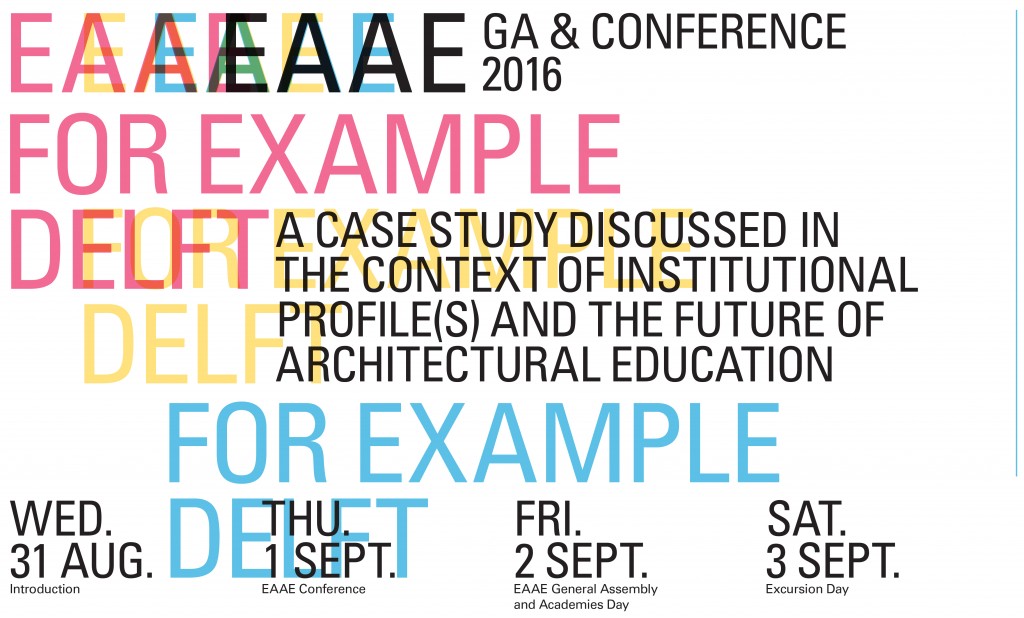Physical Public Space X Virtual Space
Urban designers and landscape architects observe physical public spaces as spaces that are able to accommodate accidental meetings, reveal places’ identity, provide impulsive on-the-spot choices, and allow human-nature interaction through wind or sunshine. However, the recent crisis unfolds the intertwining between physical public space and virtual space. During two days, we focus on the shift of the planner’s outlook on physical public space and virtual space.
Join the webinars!
When: Thursday, November 5 and 6, 9.00am – 6.00pm CET
> Registration
Bits of Public Space 3.0: Trailer, published by Polis on YouTube
Video credits: Ioanna Kokkona
Continue reading

